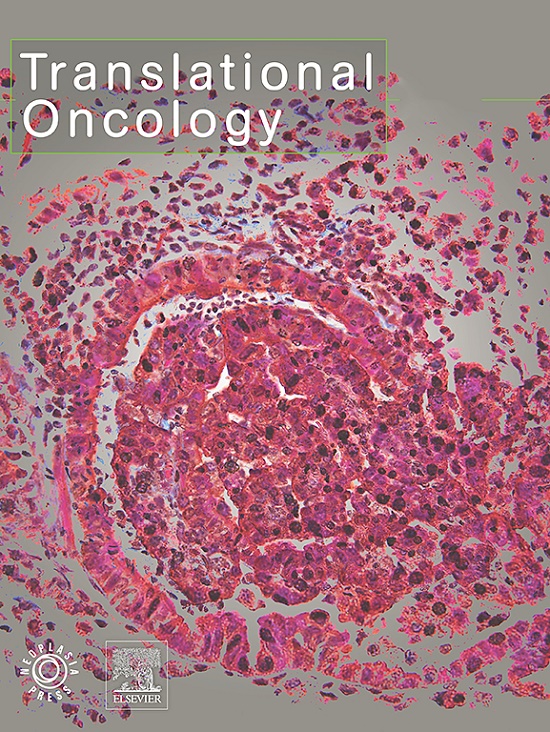Dynamic predictive power of TP53 signatures in breast cancer prognosis: Pre- and post-neoadjuvant chemotherapy insights
IF 5
2区 医学
Q2 Medicine
引用次数: 0
Abstract
Background
The TP53 signature determined using a biopsy specimen before neoadjuvant chemotherapy (pre-NAC biopsy specimens) predicts NAC response and prognosis in breast cancer. We aimed to compare the clinical utility of the TP53 signature determined using pre-NAC biopsy specimens and surgical specimens after NAC (post-NAC surgical specimens).
Methods
This observational cohort study included patients with paired pre-NAC biopsy and post-NAC surgical specimens, analyzing the association between the TP53 signature from each specimen and prognosis (UMIN000042055).
Results
Pre-NAC biopsy specimens classified 71 patients into those having a TP53 mutant signature (pre-mt, n = 47) and wild-type signature (pre-wt, n = 24), with the same for post-NAC surgical specimens (post-mt, n = 16 and post-wt, n = 55). Among the 47 pre-mt patients, 31 became post-wt (pre-mt/post-wt), whereas 16 remained post-mt (pre-mt/post-mt). All pre-wt patients remained post-wt (pre-wt/post-wt). Recurrence-free survival (RFS) was significantly shorter in the pre-mt group than in the pre-wt group, although no significant difference was observed between the post-mt and post-wt groups. Change in the TP53 signature following NAC did not affect predictive ability of the TP53 signature determined using pre-NAC biopsy specimens.
Conclusions
The TP53 signature status should be determined using pre-NAC biopsy specimens.
TP53信号在乳腺癌预后中的动态预测能力:新辅助化疗前后的见解
背景:在新辅助化疗前(NAC前活检标本)使用活检标本确定的TP53特征可以预测乳腺癌NAC反应和预后。我们的目的是比较使用NAC前活检标本和NAC后手术标本(NAC后手术标本)确定的TP53特征的临床效用。方法本观察性队列研究纳入配对nac前活检和nac后手术标本的患者,分析每个标本的TP53特征与预后之间的关系(UMIN000042055)。结果71例患者的spre - nac活检标本分为TP53突变型特征(mt前,n = 47)和野生型特征(wt前,n = 24), nac后手术标本(mt后,n = 16, wt后,n = 55)。在47例mt前患者中,31例成为wt后(mt前/ wt后),而16例仍为mt后(mt前/ mt后)。所有wt前患者均为wt后患者(wt前/ wt后)。mt前组的无复发生存期(RFS)明显短于wt前组,尽管mt后组和wt后组之间没有显著差异。NAC后TP53特征的变化不影响使用NAC前活检标本确定的TP53特征的预测能力。结论TP53特征状态应通过nac前活检标本确定。
本文章由计算机程序翻译,如有差异,请以英文原文为准。
求助全文
约1分钟内获得全文
求助全文
来源期刊

Translational Oncology
ONCOLOGY-
CiteScore
8.40
自引率
2.00%
发文量
314
审稿时长
54 days
期刊介绍:
Translational Oncology publishes the results of novel research investigations which bridge the laboratory and clinical settings including risk assessment, cellular and molecular characterization, prevention, detection, diagnosis and treatment of human cancers with the overall goal of improving the clinical care of oncology patients. Translational Oncology will publish laboratory studies of novel therapeutic interventions as well as clinical trials which evaluate new treatment paradigms for cancer. Peer reviewed manuscript types include Original Reports, Reviews and Editorials.
 求助内容:
求助内容: 应助结果提醒方式:
应助结果提醒方式:


